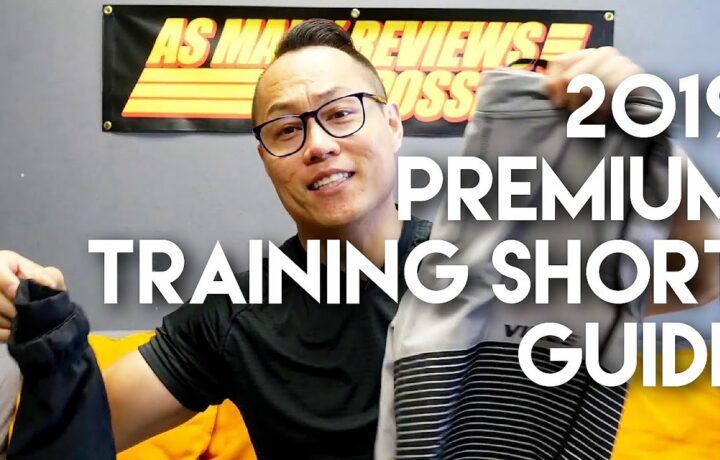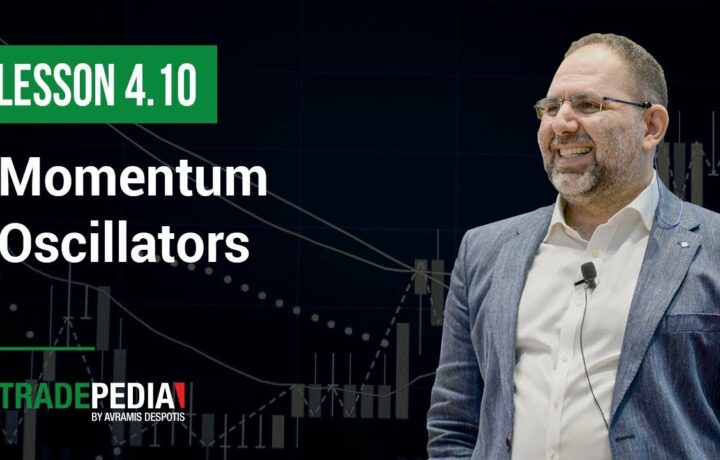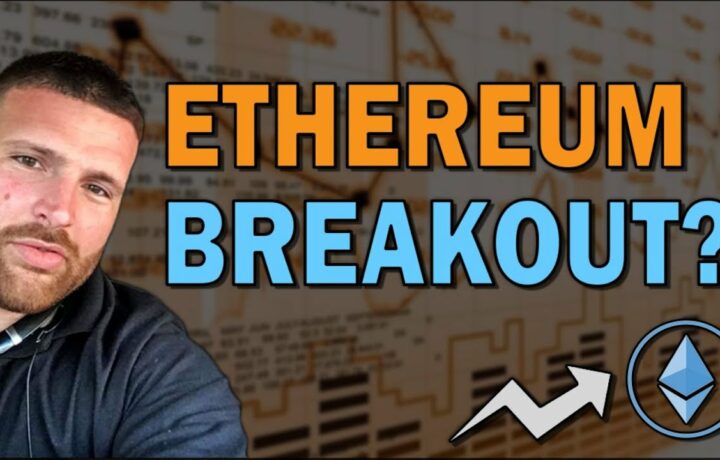Explore More Videos Explaining Momentum Trading Strategies Python, Factor Investing | Momentum Trading | Python for Trading.
Quantitative Portfolio Management **FREE PREVIEW**
https://quantra.quantinsti.com/course/quantitative-portfolio-management
Timestamp:
00:19 – 01:06 – How to choose stocks & factors?
01:06 – 01:21 – Which factors are used and why?
01:21 – 02:14 – How to create a momentum-based factor?
Welcome to this video on The Momentum Factor from the course Quantitative Portfolio Management at Quantra. After completing this section, you will be able to Select stocks and factors, for creating a multi-factor model. Create a momentum-based factor. Create a short-term reversal factor, and then combine these 2 factors, to create a multi-factor model.
While constructing a factor-based portfolio, you need to decide what stocks to use. It is a good practice to diversify your portfolio, to make it more resilient to sector-specific shocks in the economy. For constructing an example of a multi-factor model, we chose these stocks representing the various sectors of the US economy. You can increase this list to contain any number of stocks as per your preference.
By now you must be asking yourself, what is the basis for adding these factors in a portfolio? The answer is simple. You can add as many of these factors as you want in your portfolio. But to gain the benefit of diversification, you need to add those factors that have a correlation coefficient very close to zero or negative. While constructing the factor model, we have used the momentum and short-term reversal factors to build a factor portfolio.
As you will see in the next units, these 2 factors have a negative correlation, which makes them a very good fit for creating a factor-based portfolio. To create a momentum-based factor you need to compare the current performance of the stock with it’s past. To do this, you can subtract the average price of the stock over the past year from the current price of the stock. Based on this difference the factor model would either buy or sell a stock.
Let us say that the current traded stock price of Amazon is $1156 per share, and the average stock price over the past 1 year is $926 per share. Then the difference between the 2 is $230. Since 230 is greater than zero, the factor model would buy the stock. The momentum factor works by buying stocks that have a positive difference and selling stocks that have a negative difference. The assumption for this factor model is that the existing momentum will continue. So you go with the current trend in the market. In the next video, you will learn how to create a short-term reversal factor and then combine these 2 factors to create a multi-factor model.
Quantra is an online education portal that specializes in Algorithmic and Quantitative trading. Quantra offers various bite-sized, self-paced and interactive courses that are perfect for busy professionals, seeking implementable knowledge in this domain.
Find more info on – https://quantra.quantinsti.com/
Like us on Facebook: https://www.facebook.com/goquantra/
Follow us on Twitter: https://twitter.com/GoQuantra

Momentum Trading Strategies Python, Factor Investing | Momentum Trading | Python for Trading.
Just How Does Momentum Investing Job?
Momentum investing typically includes a stringent set of policies based upon technical indications that determine market entrance and also leave points for specific securities. Momentum financiers sometimes use two longer-term moving averages, one a little bit much shorter than the other, for trading signals. Some use 50-day and also 200-day moving averages, as an example. The 50-day going across above the 200-day creates a buy signal. A 50-day going across back listed below the 200-day creates a sell signal. A couple of Momentum financiers choose to use even longer-term moving averages for signaling functions.
An additional kind of Momentum investing approach includes complying with price-based signals to go long market ETFs with the strongest Momentum, while shorting the market ETFs with the weakest Momentum, then revolving in an out of the fields appropriately.
What is the most effective Momentum indicator?
This toughness behind the fad is usually described as Momentum, and also there are a number of indications that attempt to determine it. A few of the better-known Momentum indications are the Loved one Strength Index (RSI), the Stochastic oscillator and also the Moving Ordinary Convergence Aberration (MACD).
Still, other Momentum methods entail cross-asset analysis. As an example, some equity traders very closely see the Treasury return curve and also utilize it as Momentum Trading signal for equity entrances and also departures. A 10-year Treasury return above the two-year return typically is a buy signal, whereas a two-year return trading above the 10-year is a sell signal. Significantly, the two-year versus 10-year Treasury returns often tend to be a strong predictor of economic crises, and additionally has effects for stock exchange.
On top of that, some methods entail both Momentum aspects and also some fundamental aspects. One such system is CAN SLIM, made popular by William O’Neill, owner of Financier’s Business Daily. Because it emphasizes quarterly and also yearly incomes per share, some might argue it’s not Momentum Trading approach, per se.
Nevertheless, the system typically seeks stocks with both incomes and also sales Momentum and also has a tendency to indicate stocks with cost Momentum, too. Like other Momentum systems, CAN SLIM additionally consists of policies for when to get in and also exit stocks, based generally on technical analysis.
Explore Latest Videos Explaining Momentum Trading Strategies Python and Financial market news, analysis, trading signals and also Foreign exchange investor evaluations.
Warning about Risk
Please note that trading in leveraged items might entail a considerable degree of risk and also is not ideal for all financiers. You must not run the risk of greater than you are prepared to shed. Prior to choosing to trade, please guarantee you understand the risks entailed and also think about your degree of experience. Seek independent recommendations if needed.




